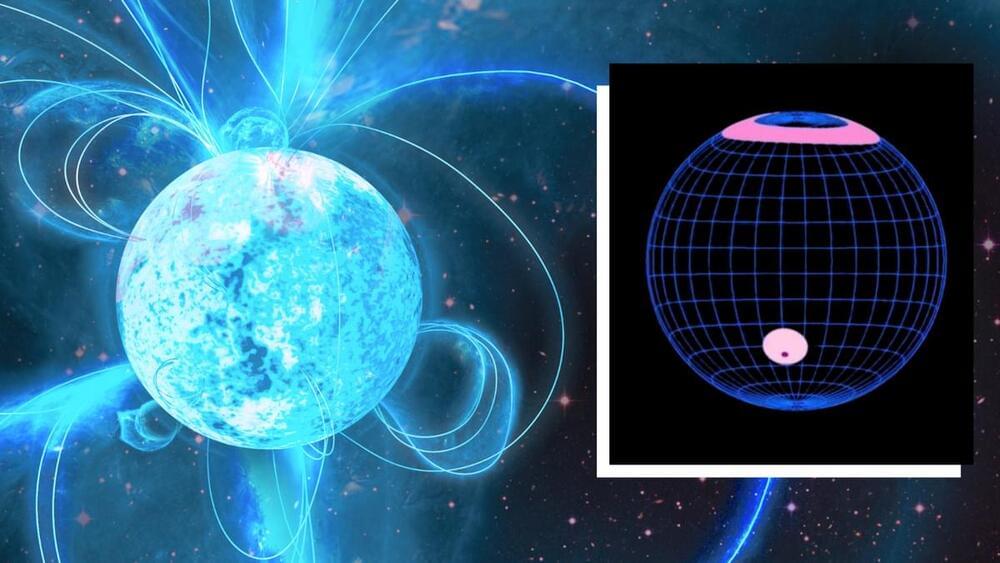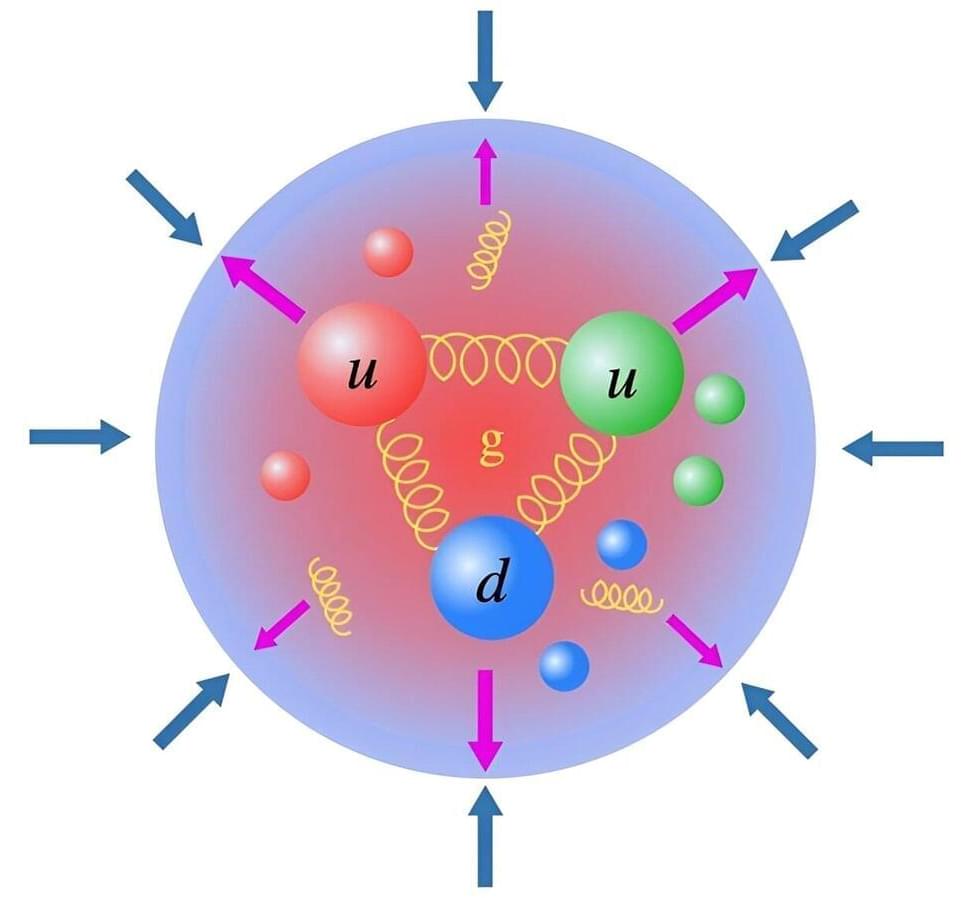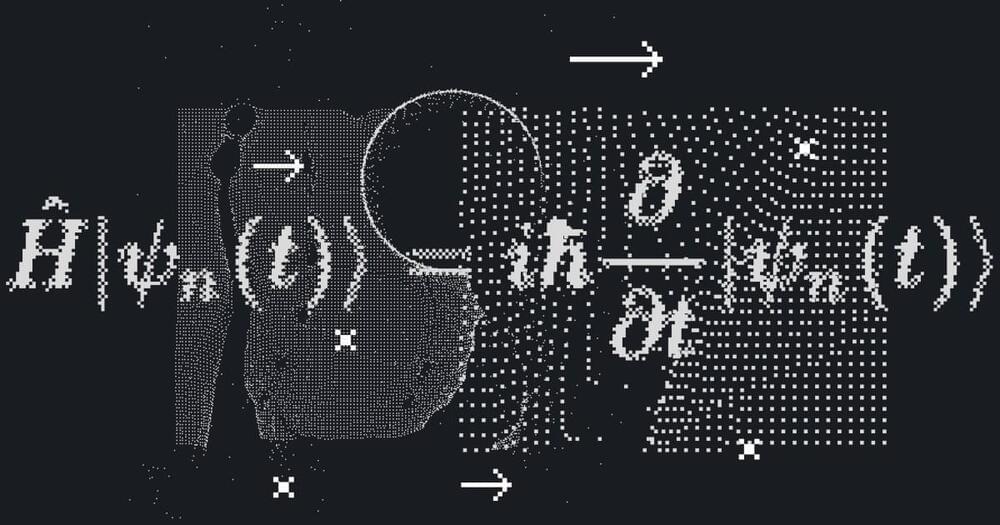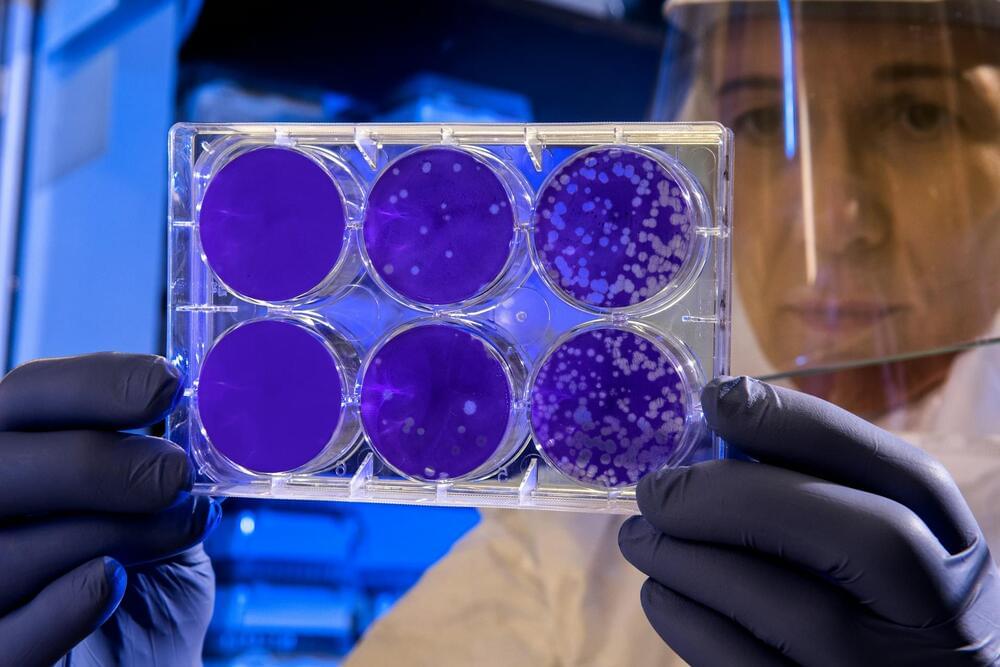Identical twin sisters were raised in different countries after being separated at age two. When reunited as adults, scientists studied them.





Is your mind blown yet? It should be.
We might never reach the stage where we could perform such an experiment, but thinking about it raises several interesting questions. Why is what we believe about how the world works inconsistent with quantum mechanics? Is there an objective reality, even on the macroscopic scale? Or is what you see different than what I see? Do we have a choice in what we do?
At least one thing is for sure: We are not seeing the whole picture. Maybe our understanding of quantum mechanics is incomplete, or maybe something changes when we scale it to the macroscopic world. But perhaps our role as conscious observers of the world around us is, indeed, unique.

BREVARD COUNTY, FLORIDA – SpaceX is targeting Wednesday, July 24 for a Falcon 9 launch of 23 Starlink satellites to low-Earth orbit from Space Launch Complex 40 at Cape Canaveral Space Force Station in Florida.
The launch window opens at 12:14 a.m. ET.
A SpaceX Falcon 9 rocket will launch another batch of second-generation Starlink satellites.


Based on our experiments, the ‘safe’ sampling depth for amino acids on Europa is almost 8 inches (around 20 centimeters) at high latitudes of the trailing hemisphere (hemisphere opposite to the direction of Europa’s motion around Jupiter) in the area where the surface hasn’t been disturbed much by…
How deep will future landers to Jupiter’s moon, Europa, and Saturn’s moon, Enceladus have to dig to find organic molecules aka the building blocks of life? This is what a recent study published in Astrobiology hopes to address as an international team of researchers investigated whether near-surface organic molecules on Europa and Enceladus could survive the intense solar and cosmic radiation since neither moon has a magnetic field like the Earth to shield it. This study holds the potential to help scientists better understand the conditions for finding life beyond Earth and the methods for finding that life, as well.
Image of Jupiter’s moon, Europa, obtained by NASA’s Juno spacecraft in September 2022. (Credit: NASA/JPL-Caltech/SwRI/MSSS Image processing: Kevin M. Gill CC BY 3.0)
Image of plumes emanating from the south pole of Enceladus obtained by NASA’s Cassini spacecraft. (Credit: NASA/JPL/Space Science Institute)
For the study, the researchers exposed several amino acids in ices and dead organisms using liquid nitrogen to varying levels of radiation to ascertain how fast they degrade under these harsh conditions. The goal was to determine if organic molecules could survive the harsh environments on Europa and Enceladus since neither moon possesses a magnetic field like the Earth to shield their surfaces from harmful cosmic radiation. The team discovered that while certain amino acids experienced initial declines at low doses, no further declines were observed for increased doses, which they note could bode well for sampling from the surfaces of Europa or Enceladus.

To tackle this issue, Israeli medical technology startup NanoSynex has developed a rapid personalized diagnostic test, which will enable doctors to prescribe the correct antibiotics at the moment they are needed most.
“There is a clear issue of misuse and overuse of antibiotics, and one of the ways to address this crisis, other than developing new antibiotics, is to better use existing antibiotics, by boosting the development of rapid and reliable diagnostic solutions, which is what we are doing at NanoSynex,” Diane Abensur, CEO and co-founder of NanoSynex, tells NoCamels.
NanoSynex offers laboratories better and faster solutions to determine the best treatment plan by providing rapid and accurate results for Antimicrobial Susceptibility Testing (AST), tests that are used to determine which specific antibiotics a particular bacteria or fungus is sensitive to.

My latest video about the work of Dr. Robert Enzmann. The Pulse Starship is the ultimate generation ship, capable of carrying thousands of colonists at thousands of kilometers per second!
Check it out!
#space #nasa #interstellar.
Please support my NEW PATREON CHANNEL! AS LITTLE AS 10 CENTS A DAY!!
DISCORD MEMBERSHIP, EXCLUSIVE CONTENT AND EARLY RELEASES PLUS 15% OFF MERCH!
/ angryastronaut.
https://www.paypal.com/paypalme/Angry…
Follow me on twitter:
/ astro_angry.
Support Hazegrayart and Nick Stevens!!